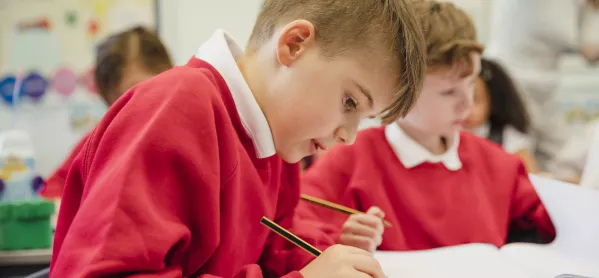New data from the Department for Education shows there has been a significant fall in the number of new primary pupils this year.
Data for primary applications shows there has been a 5.1 per cent decrease in numbers, with 580,771 new pupils this year compared with 612,146 in 2020.
“This contrasts to a 0.5 per cent increase in applications between 2019 and 2020,” the DfE said.
News: Fewer parents get preferred primary school place in a fifth of areas
Exclusive: Birth rate pushes primaries to the edge
Investigation: Why primaries fear their falling rolls
It said there were likely to be several reasons behind the fall in applications, including a fall in the birth rate from late 2016 onwards, as “the ages applying to start school in September 2021 were born between September 2016 and August 2017”.
And a number of local authorities advised the DfE that a larger than usual number of applications had been submitted late.
“The application deadline was during the winter pandemic period and therefore extra pressures on parents and carers may have impacted on them submitting their application on time,” the DfE said.
Late applications are not included in the figures, which cover in-time applications only but these pupils will be made the offer of a school place later on in the offer process.
“It is possible that reactions to the pandemic have also reduced the number of applicants for a primary school place. For example there might be an increase in the number of parents and carers opting to home school,” the DfE said.
“Reduction in migration, particularly because of the pandemic travel controls, may also have contributed to the reduction.”
The data also showed that:
- A 0.8 per cent increase in the number of secondary applicants, to just over 605,200.
- The percentage of applications receiving their first preference for secondary schools has fallen from 82.2 per cent in 2020 to 81.1 per cent this year,
- But the DfE said that in 2020 it strongly advised admission authorities to delay testing for the 2021 selective school intake to October/November 2020 to give children as much time back in education as possible.
- “As a consequence, parents and carers had to name selective schools on the application form without knowing if their child would be eligible for that school. Those who failed the test were not able to be considered for one or more of their preferred schools. This is likely to reduce preference rates for affected local authorities.”
- The first preference rate in primary schools has increased from 90.2 per cent in 2020 to 91.8 per cent this year.




